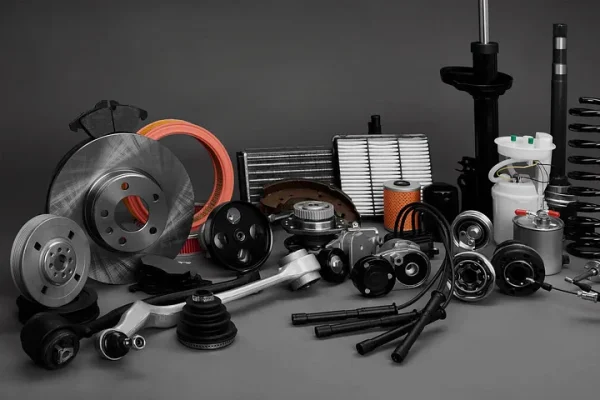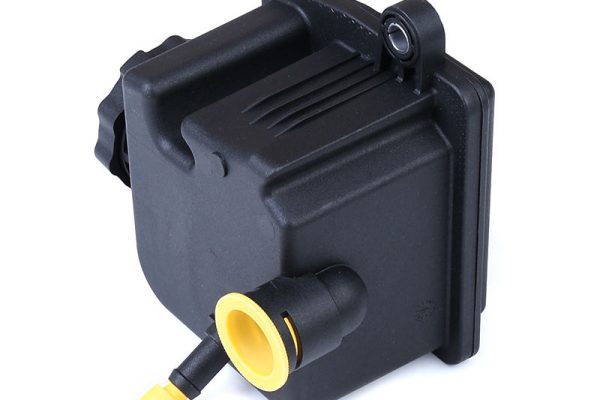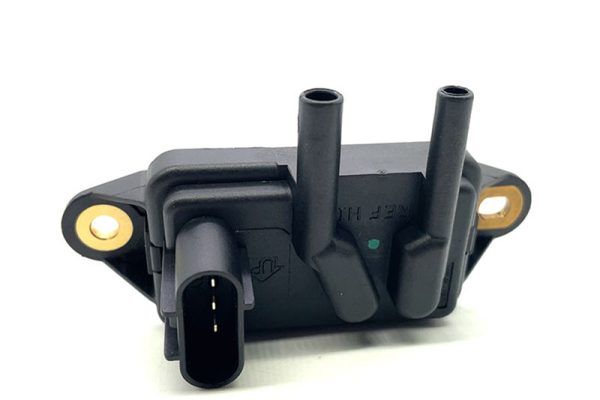Ⅰ. Introduction
At the cutting edge of automotive emission control technology, the EGR pressure sensor is leading a technological breakthrough with its unique technical charm. As a crucial component of the exhaust gas recirculation system, the EGR pressure sensor is constantly breaking through technical barriers. So, it can provide real-time monitoring of pressure changes in the system with higher precision and stability. It’s not only enhances the emission performance of engines but also provides strong support for environmentally friendly travel.
Ⅱ. The challenges of relevant market
With increasingly strict automotive emission regulations, vehicle-grade certification places higher demands on the performance, accuracy and reliability of EGR pressure sensors. The sensors need to ensure accurate measurement of the pressure or flow of exhaust gas recirculation under various operating conditions. Then they can support the engine control unit in making correct decisions. At the same time, the vehicle-grade certification system also requires EGR sensors to have good compatibility and stability. It’s good to meet the strict requirements of vehicle integration.
1. Vehicle-grade certification system
With increasingly strict automotive emission regulations, vehicle-grade certification places higher demands on the performance, accuracy and reliability of EGR pressure sensors. The sensors need to ensure accurate measurement of the pressure or flow of exhaust gas recirculation under various operating conditions. Then they can support the engine control unit in making correct decisions. At the same time, the vehicle-grade certification system also requires EGR sensors to have good compatibility and stability. It’s good to meet the strict requirements of vehicle integration.
2. Cost control and large-scale production
On one hand, with the intensification of market competition, reducing production costs has become crucial. The EGR pressure sensor needs to continuously optimize its design and production process while ensuring performance to achieve effective cost control. On the other hand, large-scale production requires EGR pressure sensors to have high production consistency and stability. So, it can ensure that each batch of products meets the quality standards. This poses higher requirements for the manufacturing process, quality control, and supply chain management of the sensor. Besides, it is a difficult problem that must be overcome in the development of the EGR pressure sensor.
Ⅲ. The ways of technology breakthrough
1. The application of new materials
Traditional materials have shown their limitations in meeting high precision and stability requirements. However, the emergence of new materials has brought about innovations to EGR pressure sensors. For instance, EGR pressure feedback sensor F77Z9J460AB uses advanced ceramic composite coating and 316L stainless steel. It’s not only makes them resistant to high temperatures and corrosion but also significantly enhances the accuracy and stability of the sensors. This enables EGR pressure sensors to operate stably for long periods in harsh engine environments, providing strong support for more precise exhaust gas recirculation control. It’s contribute to the continuous progress of automotive emission control technology. By applying new materials, EGR sensors have achieved a leap in performance. It makes precise exhaust gas recirculation control become possibility. It’s beneficial to lay a solid foundation for the further development of automotive emission control technology.

2. The integration of new technologies
By deeply integrating microelectronic technology, sensor technology and data processing technology, the EGR pressure sensor has achieved a leap in intelligence and high precision. The integration of new technologies not only enhances the measurement accuracy and response speed of the sensor, but also strengthens its adaptive ability and stability. This enables the EGR sensor to better adapt to the complex and changeable engine environment. Then providing more precise and reliable solutions for vehicle emission control. And helping the automotive industry develop towards a more efficient direction.
3. Remote monitoring and data analysis
By integrating remote monitoring technology, the EGR pressure sensor can transmit data in real time. This enables technicians to keep track of the sensor’s working status at any time. Meanwhile, through the application of big data analysis technology, the massive data collected by the sensor is deeply mined. It can provide scientific basis for performance optimization and fault prediction. “EGR Pressure Feedback Sensor: Intelligent Heart for Reducing Emissions in Automobiles” also introduced relevant information and you can learn more about it. This not only enhances the intelligence level of the EGR sensor but also opens up new paths for precise management, efficient operation and maintenance of automotive emission control.
4. Integrated and modular design
By integrating the sensor with the control system highly and forming a compact modular structure. It not only the reduces volume, but also help installation easily. This design makes the EGR pressure sensor more conducive to integration with other automotive systems. So, it can achieve efficient integration of functions. The modular integration design promotes the automotive industry towards a more intelligent and integrated direction.
Ⅳ. Conclusion
The technological breakthrough of EGR pressure sensors shows its innovative strength in the field of automotive emission control. Through continuous research and optimization, the EGR pressure sensor has achieved remarkable improvements in terms of accuracy, stability, and integration. The technological breakthrough of the EGR pressure sensors not only promotes the progress of automotive emission control technology but also contributes significantly to the green development of the automotive industry. It indicates a new era of more efficient and environmentally friendly automotive emission control in the future.












